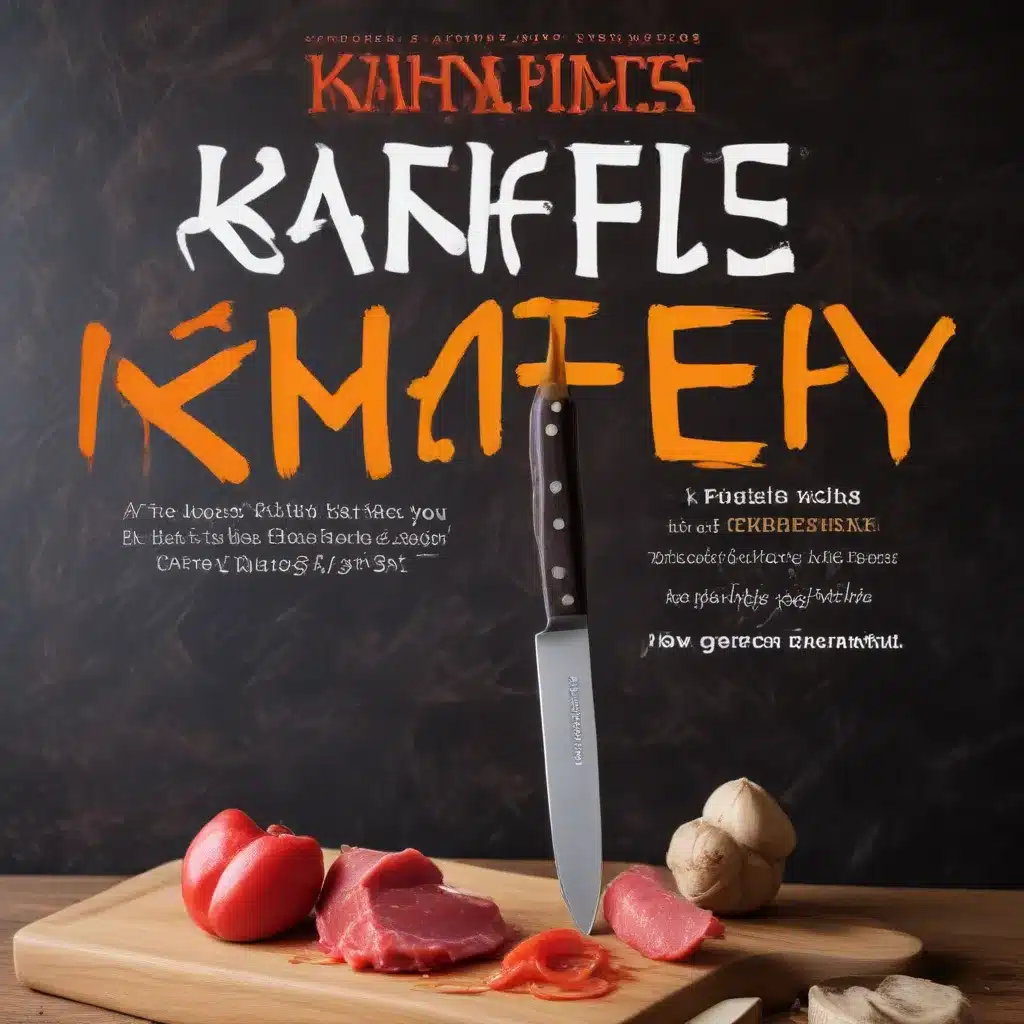
Unlocking the Secrets of Knife Anatomy
The art of cooking is a dynamic blend of creativity, skill, and precision. While numerous factors contribute to culinary mastery, one fundamental aspect stands out—the mastery of knives. The role of knives in cooking cannot be overstated. From delicate slicing to precise dicing, the right knife can enhance your culinary experience and elevate your dishes to new heights.
To embark on a journey of knife mastery, it is essential to understand the anatomy of a knife. Knives consist of various components, each serving a specific purpose:
- Blade: At the core of every knife is the blade, the primary cutting edge responsible for the knife’s ability to slice, dice, and perform various tasks. The blade is typically made of steel, known for its durability and sharpness retention.
- Spine: The spine of a knife refers to the top, non-cutting edge of the blade. It runs parallel to the cutting edge and provides stability and strength to the knife.
- Tang: The tang is an essential component that extends from the blade and into the handle, providing balance and strength to the knife.
- Handle: The handle serves as the user’s grip, offering comfort, control, and safety during use. It can be made from various materials, such as wood, plastic, or metal.
- Bolster: The bolster, also known as the guard, is a thick component located between the blade and the handle. It provides balance, protects the user’s hand, and adds strength to the knife.
- Pommel: The pommel, or butt, is the end of the handle opposite the blade. It serves as a counterbalance to the blade, providing stability and control during use.
Understanding the different components of a knife is crucial for choosing the right tool for various culinary tasks and using them effectively.
Exploring the Diverse World of Japanese Knives
Every chef requires a diverse set of knives suited for different tasks. When building your collection, it is vital to invest in high-quality knives that align with your cooking style. Explore various knife types, such as chef’s knives, paring knives, serrated knives, and utility knives, and select those that best fit your needs.
- Chef’s Knife: A chef’s knife is an essential piece of equipment in any kitchen, known as the culinary world’s workhorse. It excels at a variety of jobs, including chopping, slicing, and dicing, thanks to its broad and robust blade.
- Paring Knife: A paring knife is a compact and versatile tool equipped with a slender, straight blade. It is commonly employed for meticulous tasks like peeling, trimming, and slicing smaller fruits and vegetables.
- Serrated Knife: A serrated knife features a blade with small, jagged teeth along the cutting edge, enabling it to easily grip and cut through tough or crusty surfaces, making it ideal for slicing bread, tomatoes, and other delicate foods.
- Utility Knife: A utility knife is a versatile kitchen tool that bridges the gap between a chef’s knife and a paring knife. It can handle a variety of tasks, including slicing sandwiches, sectioning fruits, and carving smaller cuts of meat.
Mastering Knife Handling Techniques
Mastering knife handling techniques is crucial for both efficiency and safety in the kitchen. Adopting proper gripping techniques, such as the pinch grip, will grant you greater control over the knife. Learn essential cutting techniques like the rock chop, julienne, and chiffonade to effortlessly transform ingredients into culinary works of art.
- Grip and Stance: Maintain a comfortable grip by wrapping your fingers around the handle and placing your thumb on the spine or bolster of the knife for stability. Stand with your feet shoulder-width apart, maintaining balance and stability throughout the cutting process.
- Knife Control: Achieve precise cuts by keeping your guiding hand, the hand that is not holding the knife, in a claw-like shape, with your fingertips curled inward and your knuckles facing forward.
- The Rocking Motion: The rocking motion is a technique commonly used with chef’s knives. Position the knife’s tip onto the cutting board, and gently exert downward pressure as you sway the blade in a back-and-forth motion, allowing for seamless chopping, slicing, and mincing.
Maintaining Knife Sharpness and Safety
A sharp knife is an indispensable tool in the kitchen. Regular maintenance and sharpening are essential to keep your knives in optimal condition. Taking care of your knives prevents the blades from dulling over time, which can lead to frustration and increased risk of accidents. By maintaining and sharpening the knife, the cutting edge remains sharp, allowing for precise, effortless cutting motions and reducing the likelihood of slips and mishaps.
Learn proper knife care techniques, including cleaning, honing, and sharpening. Remember, a dull knife requires more force, increasing the chances of slips and injuries. Prioritize safety in the kitchen by always handling knives with care, using a cutting board, and properly storing your knives.
Achieving Precision and Efficiency in the Kitchen
Knife mastery not only enhances the culinary experience but also contributes to the overall safety, productivity, and professionalism in the kitchen. Precise knife work ensures consistent cooking times and even distribution of flavors, while efficient knife skills allow you to work more quickly, saving valuable time.
As you hone your knife mastery, you will notice a significant improvement in your overall cooking abilities. Knife mastery is an indispensable skill that can transform your cooking from mundane to exceptional. By understanding knife anatomy, choosing the right knives, mastering handling techniques, maintaining sharpness, prioritizing safety, and striving for precision and efficiency, you will unlock a world of culinary possibilities.
Embrace the art of knife mastery, and elevate your cooking to new heights, delighting both your taste buds and those of your fortunate guests. Visit Kitchen Warrior for more culinary insights and inspiration.


